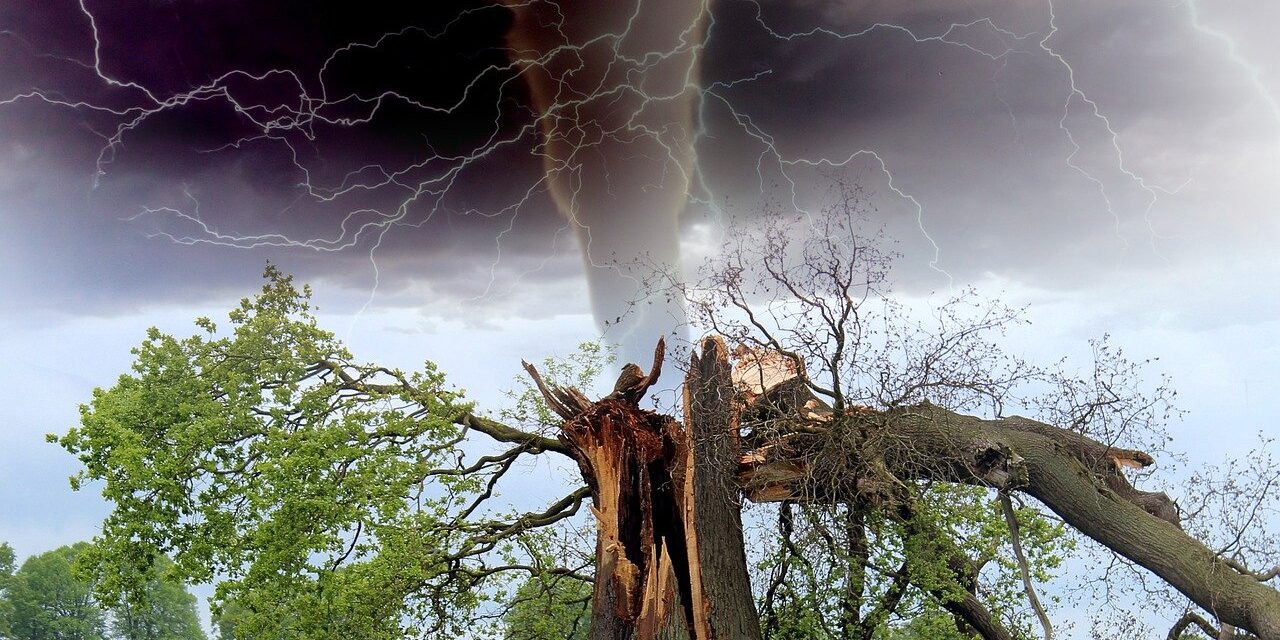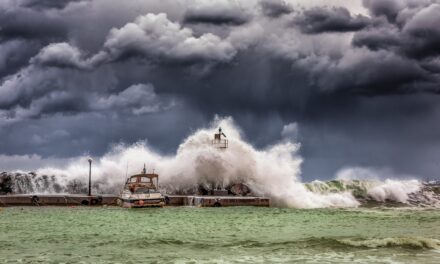When the skies darken and the winds howl, the unprepared may find themselves at the mercy of nature’s fury. Severe weather conditions, from hurricanes and tornadoes to blizzards and floods, present a formidable challenge to safety and survival. Understanding how to prepare for these events is not just a matter of convenience; it’s a necessity for safeguarding lives and property. In this comprehensive guide, we’ll delve into the essential steps and strategies to effectively prepare for severe weather, ensuring you and your loved ones can weather any storm.
The importance of preparation cannot be overstated. Each year, severe weather events cause significant damage and loss of life. Yet, many of these tragedies can be mitigated, if not entirely avoided, with proper planning and preparation. The key lies in understanding the risks, recognizing the signs, and taking proactive steps to ensure you’re ready when disaster strikes. This article will equip you with the knowledge to do just that, guiding you through the process of creating a robust plan that covers all bases.
From building an emergency kit to securing your home, from staying informed about the latest weather forecasts to understanding evacuation routes, preparation involves a holistic approach. It’s about more than just having the right supplies; it’s about developing a mindset geared towards readiness and resilience. By the end of this guide, you’ll have a clear understanding of the steps you need to take to protect yourself, your family, and your community from the ravages of severe weather.
Moreover, this isn’t just about individual preparedness. Community resilience plays a crucial role in weathering severe storms. As such, we’ll also explore how communities can come together to enhance their collective preparedness, sharing resources, knowledge, and support to stand strong against whatever nature throws their way.
Whether you’re a seasoned prepper or just starting to think about emergency preparedness, this guide will provide you with the insights and tools you need to prepare for severe weather conditions. So, let’s dive in and explore how to brace for the storm, ensuring that when severe weather hits, you’re not just surviving but thriving.
Unpacking the Strategies: In-Depth Preparations for Severe Weather
Understanding the Risks
Preparation begins with understanding the specific severe weather risks your area faces. Whether it’s the threat of hurricanes along the coast, tornadoes in the Midwest, or blizzards in the North, each type of severe weather requires a tailored approach to preparation. Utilizing resources like the National Weather Service can provide invaluable insights into local weather patterns and risks.
Emergency Kits: Essentials for Survival
A well-stocked emergency kit is your first line of defense in any severe weather scenario. Essentials include water (one gallon per person per day for at least three days), non-perishable food, a flashlight, batteries, a first aid kit, medications, personal hygiene items, and important documents. Consider the needs of all family members, including pets, when assembling your kit.
Fortifying Your Home
Securing your home against severe weather is critical. This may involve reinforcing roofs and windows, clearing debris from gutters and drains, and securing outdoor items that could become projectiles in high winds. For flood-prone areas, measures like sandbags and sump pumps can mitigate water damage.
Staying Informed
Access to real-time weather updates can be lifesaving when severe weather strikes. Invest in a NOAA Weather Radio for official alerts and utilize smartphone apps for real-time updates. Understanding the meaning of weather alerts (watch vs. warning) is also crucial for taking timely action.
Evacuation Plans and Routes
In some cases, evacuation is the safest option. Familiarize yourself with local evacuation routes and have a plan in place for where you can go, whether it’s a friend’s house, family member’s residence, or a designated shelter. Remember, routes may vary depending on the type of severe weather, so plan accordingly.
Community and Communication
Building a support network with neighbors can enhance your preparedness. Share plans and resources, and establish a communication plan to check on each other during and after severe weather events. This community network can be vital in ensuring everyone’s safety.
Expert Insights: Enhancing Your Weather Readiness
Experts agree that preparation should not be a one-time effort but a continuous process. Regularly updating your emergency kit, reviewing your insurance coverage to ensure it meets your current needs, and participating in community preparedness programs can all enhance your resilience to severe weather.
Additionally, consider taking first aid and emergency response training. Skills learned in these courses can be invaluable during and after severe weather events, not just for your family but for your community as well.
Finally, leveraging technology can significantly improve your preparedness. From apps that track severe weather to social media platforms for community coordination during disasters, technology offers powerful tools to stay informed and connected.
Summary and Takeaways: Empowering Yourself Against Severe Weather
Severe weather conditions pose significant challenges, but with the right preparation, you can significantly mitigate the risks to yourself, your family, and your community. The journey towards weather readiness involves understanding the specific threats you face, equipping yourself with the necessary tools and knowledge, and fostering a culture of preparedness within your community.
Key Takeaways for Severe Weather Preparedness:
- Personalize Your Plan: Tailor your emergency preparations to the specific severe weather risks in your area. Each type of severe weather demands a unique set of preparations.
- Kit Essentials: Maintain a well-stocked emergency kit with sufficient supplies to support your household for at least three days following a severe weather event.
- Home Safety: Take proactive measures to secure your home, reducing the risk of damage from severe weather. This includes structural reinforcements and safeguarding against potential flooding.
- Stay Informed: Utilize multiple sources to stay updated with real-time weather alerts and updates. Knowledge of what actions to take when a warning is issued is critical.
- Plan for Evacuation: Know your evacuation routes and have a plan for where to stay if you must leave your home. Evacuation planning should include considerations for pets and special needs family members.
- Community Strength: Build a network of support with your neighbors. Preparedness is more effective when communities work together.
- Continuous Improvement: Regularly review and update your emergency plans and supplies. Preparedness is an ongoing process, not a one-time task.
By embracing these key takeaways, you empower yourself and your community to face severe weather conditions with confidence. Remember, preparedness not only enhances your safety but also your ability to recover from severe weather events. As we’ve explored in this guide, preparation, knowledge, and community are your best allies against the unpredictable forces of nature.
Severe weather conditions remind us of the power of nature and the importance of respecting and preparing for it. Let this guide be your starting point towards a more prepared, resilient future. Together, we can face any storm, knowing that we’ve taken every step to protect what matters most.








